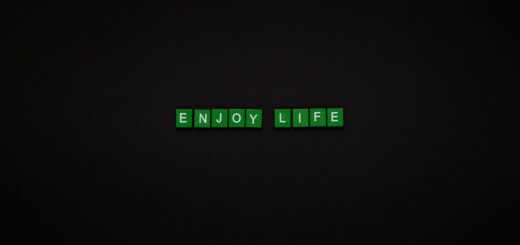The Enigmatic Fusion: Psychedelic Art and Music
The 1960s were a vibrant time of counterculture movements, music festivals, and revolutionary artistry. Among these cultural shifts emerged an art movement known as psychedelic art. Often defined through trippy visuals and vibrant colors, this form of art offered an alternative aesthetic that quickly gained popularity. It leveraged a unique amalgamation of bright patterns and distorted, fantastical images to convey altered states of consciousness. Over the years, it has been significantly influenced by, and in turn influenced, music – a connection so deep-rooted that the two have become almost inseparable in the cultural consciousness.
Psychedelic art is known for its ability to translate the indescribable, mind-altering effects of psychedelic substances into visual representation. While it initially became popular as part of the 1960s counterculture movement, it has stood the test of time and remained a powerful artistic force. Characterized by saturated colors, fractal patterns, and surreal scenarios, this art form quickly became a medium for visionary artists to express their unique perceptions of reality.
Simultaneously, the world of music was undergoing its own transformation. Just like the psychedelic visual arts, music too began incorporating elements meant to reflect and evoke an altered state of consciousness. This influence was particularly evident in the evolution of rock and experimental music, where bands like the Grateful Dead, Pink Floyd, and Jefferson Airplane embodied the emerging aesthetic. These groups became known for their exploratory sounds, penning songs that mimicked the psychedelic experience through sonic exploration and experimentation.
+The cover of Pink Floyd’s iconic album “Dark Side of the Moon,” designed by the English graphic art group Hipgnosis, is a prime example of how psychedelic aesthetics influenced album covers. The prism refracting a beam of light into a rainbow is both simplistic and profound, stirring the senses and imagination in perfect alignment with the hallmark qualities of psychedelic art.
Furthermore, music and psychedelic art don’t exist solely within the confines of album covers and sound-waves. Music festivals play a significant role in the triumphant marriage of these two entities. Beginning with festivals like Woodstock and Monterey pop, and extending to contemporary gatherings like Burning Man and Electric Daisy Carnival – these events showcase a fusion of psychedelic art and music within a communal setting. Here, large-scale art installations, light shows, and live music work in harmony to create atmospheres that mirror the psychedelic experience.
Visionary artists like Alex Grey have taken the fusion of music and psychedelic art further by creating live paintings during music festivals. Drawing inspiration from the surrounding sounds and energy, these works of art become a part of the musical performance, evolving in real-time with the rhythm and melody.
In the digital age, this bond between psychedelic art and music has grown even more profound with the emergence of interactive multimedia installations and complex light shows. These artistic expressions harness new technologies to construct immersive environments where art and music intersect in surreal, mesmerizing displays.
The echo between psychedelic art and music is more than a historical happenstance — it’s a reflection of the quest for self-expression and innovation that characterizes both art forms. They both seek to challenge perceptions, push boundaries, test the human mind’s capacity for abstraction, and ultimately, mirror the enigmatic, transcendent qualities of the psychedelic experience.
In conclusion, the relationship between psychedelic art and music is a deep and multifaceted one. Both forms of artistry capture and reflect the same ethereal, expansive qualities of the psychedelic experience, each enriching the other in the process. Whether through the trippy visuals of album covers or the transcendent atmospheres of music festivals, these art forms will forever be linked in their pursuit of expressing the indescribable.
Sources:
– Psychedelic Art
– Visionary Artists
– Album Covers
– Counterculture Movement

